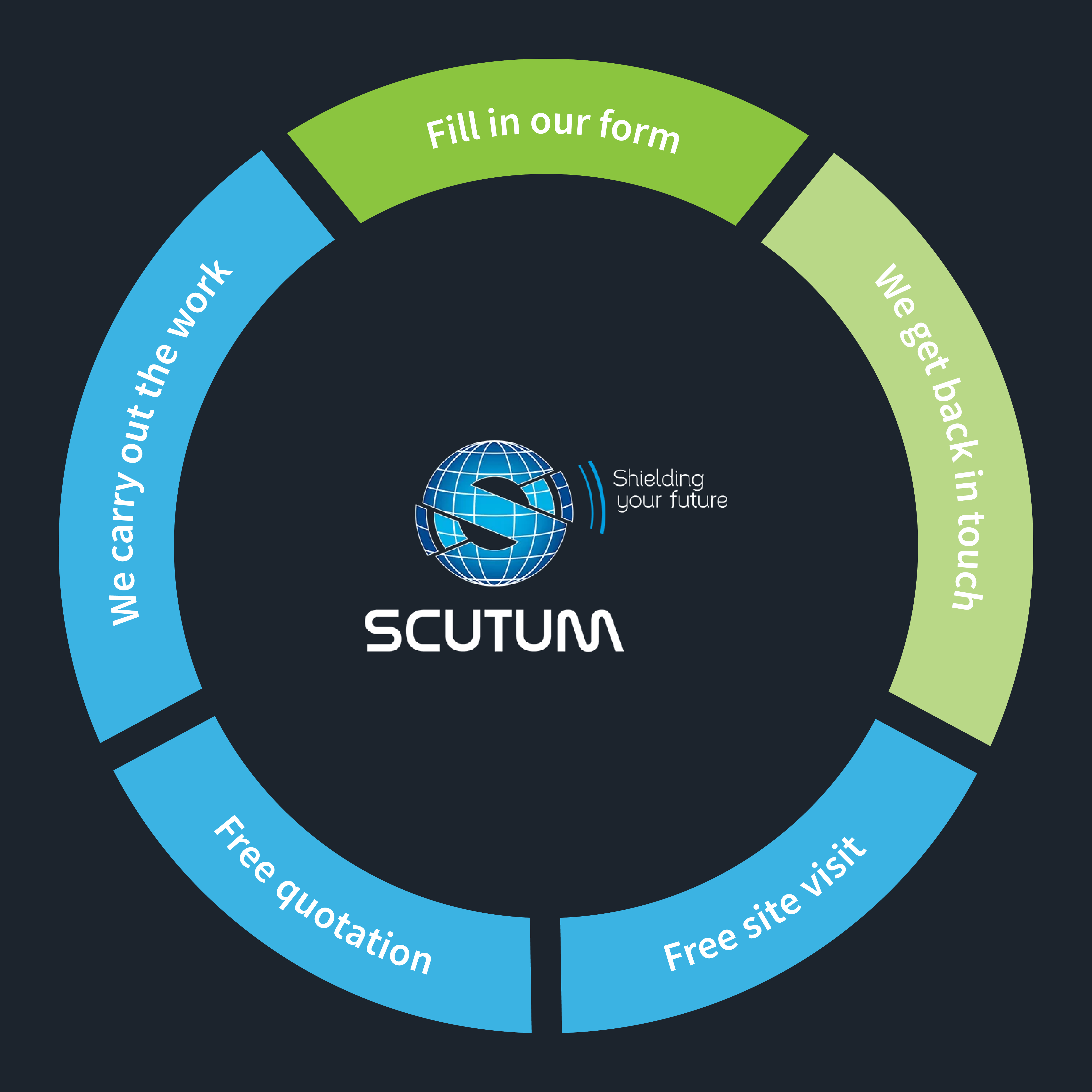The Five Steps of Risk Assessments

Fire risk assessments are absolutely essential for any business, from safety and legal standpoints. A business is legally required to arrange for a fire risk assessment to be carried out on the premises to minimise health and safety risks and fire hazards. A risk assessment consists of five stages, and in this article, Scutum London will detail what each of these stages involves.

Identify the hazards
There will be numerous potential hazards in a business premises, depending on the type of building the business operates in and what that building is used for. The initial inspection will ascertain what these hazards are – they can include anything from loose wiring to structural inadequacies and poor staff training. Other risks include the immediate hazards associated with certain jobs – catering staff working near open flames, for example – as well as the effects of stress on an individual.
It is best to arrange for a reputable, trusted third-party risk assessment provider to carry out the inspection. They’ll be coming into the premises with a fresh perspective, whereas carrying out an in-house inspection can result in things being missed, as the inspector may be used to them.
Identify persons at risk
Staff, visitors and customers can be at risk from certain hazards, depending on how they use the building. Everyone in a building is at risk from a trip hazard in the lobby, for example, but if there’s a problem in the kitchen – such as a faulty appliance – then kitchen staff are more exposed to that risk.
Getting a clear picture of who is at risk and how those risks might harm them, means we can start taking steps to negate or remove the risks entirely. Consulting with people who use each area will provide a better understanding of the risks involved.
Evaluate the risks
Once the risks have been identified, action can be taken to minimise them or eliminate them entirely, if possible. If a risk cannot be completely eliminated, then the next best thing is to minimise it as much as possible. Risk minimisation can take the form of extra training for staff or replacing out-of-date or inadequate equipment with newer, safer models.
It’s also possible that processes within a business can be contributing to increased risk. If the evaluation stage highlights any issues with the inner workings of a business, then it’s important to improve these as quickly as possible.
Record
Any and all findings over the course of a risk assessment must be recorded for future reference. If a business has five or more staff, then it’s a legal requirement to record the level of risk found during the assessment, as well as the remedial actions taken to reduce that risk.
As well as being used to improve future risk assessments and risk management, records of previous risk assessments can serve as legal protection. By keeping records of these assessments, you can prove that you’ve taken action to reduce, minimise or remove hazards – otherwise, you may be held liable for incidents that occur on site.
Review
As mentioned in the above section, your assessment will need to be reviewed on a regular basis, particularly if your organisation undergoes any changes. Whether new equipment is installed, the layout of the building changes or new working practices are introduced, these can all pose their own risks and it’s important that they are evaluated properly. If your office adds a new server room, for example, is there adequate temperature control in place? Do you have the correct types of extinguisher nearby to deal with potential server fires? Any change to the workplace should be accompanied by a full risk assessment.
Scutum London are expert providers of fire risk assessments, safety training and fire safety equipment for businesses across London and the Home Counties. If you’d like to know more about fire risk assessments, or for more information about our other services, please contact us today.
Request a Callback
Just fill in your details below and we'll get back to you as soon as we can!

About Scutum London
Scutum London is a leading expert in fire safety and security solutions for businesses and organisations located across South East England, including London and Surrey.
From fire alarms, fire extinguishers and fire risk assessments to access control, CCTV and intruder alarm systems – and a lot more besides – we offer a comprehensive range of products and services designed to keep you, your business and your staff and visitors safe.
With decades of industry experience to call on, we’re proud to hold accreditations from leading trade associations and bodies such as British Approvals for Fire Equipment (BAFE), the British Fire Consortium, the Fire Industry Association (FIA) and Security Systems and Alarms Inspection Board (SSAIB).
If you’d like to find out more about Scutum London, get in touch with our friendly team or explore our products and services on our site.

